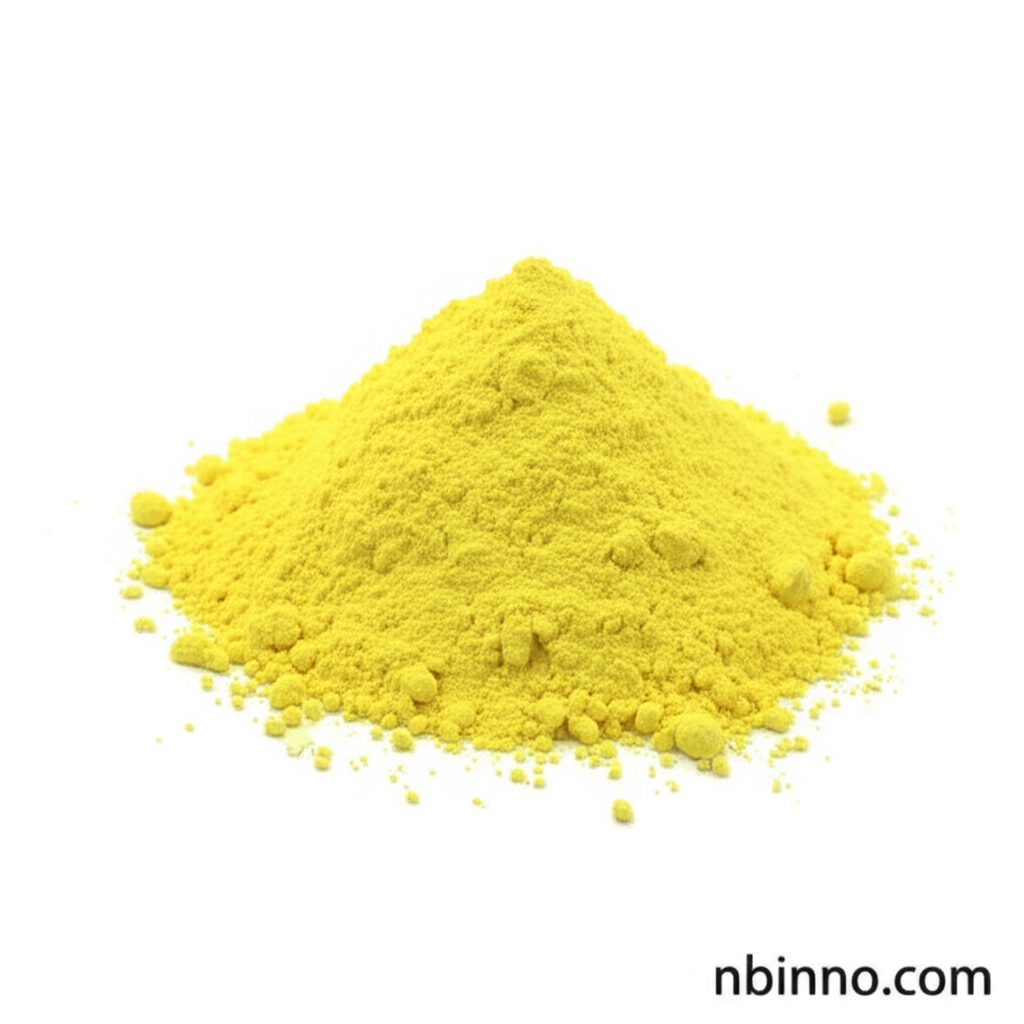Naphthalene 1,4-dicarboxaldehyde: Properties, Synthesis, and Applications
Discover the versatility of Naphthalene 1,4-dicarboxaldehyde (CAS: 38153-01-4), a key intermediate in organic synthesis and advanced material development. Explore its unique properties and applications.
Get a Quote & SampleProduct Core Value

Naphthalene 1,4-dicarboxaldehyde
Naphthalene 1,4-dicarboxaldehyde is a crucial intermediate in the field of organic chemistry and material science. As a reliable supplier in China, we offer this compound with high purity for your research and development needs. Its unique structure makes it an excellent precursor for synthesizing various functional molecules, contributing to advancements in areas like MOF synthesis intermediates and OLED material intermediates.
- Explore effective Naphthalene 1,4-dicarboxaldehyde synthesis routes for your laboratory needs.
- Understand the critical Naphthalene 1,4-dicarboxaldehyde properties essential for advanced material development.
- Leverage Naphthalene 1,4-dicarboxaldehyde CAS 38153-01-4 applications in creating novel organic synthesis building blocks.
- Utilize this compound as a key component in fluorescent labeling agents and macrocyclic compound synthesis.
Advantages Offered
Versatile Organic Synthesis
Naphthalene 1,4-dicarboxaldehyde serves as an indispensable tool for organic synthesis building blocks, enabling the creation of complex molecular structures.
Advanced Material Precursor
Its utility as advanced materials precursors is significant, particularly in the development of MOF synthesis intermediates and OLED material intermediates.
Enhanced Fluorescent Properties
As a compound with intrinsic fluorescence properties, it is ideal for fluorescent labeling agents, enriching scientific research.
Key Applications
Organic Synthesis
Naphthalene 1,4-dicarboxaldehyde is a fundamental component for constructing intricate organic synthesis building blocks, facilitating innovative chemical pathways.
Material Science
This compound is vital for developing cutting-edge materials, acting as a precursor for MOF synthesis intermediates and contributing to the field of advanced materials.
Dye and Pigment Development
Its chemical structure lends itself to the synthesis of dyes, including viologens, impacting the production of specialized colorants.
Research and Development
Widely used in research, it aids in fluorescent labeling and is a critical component for researchers exploring OLED material intermediates.
